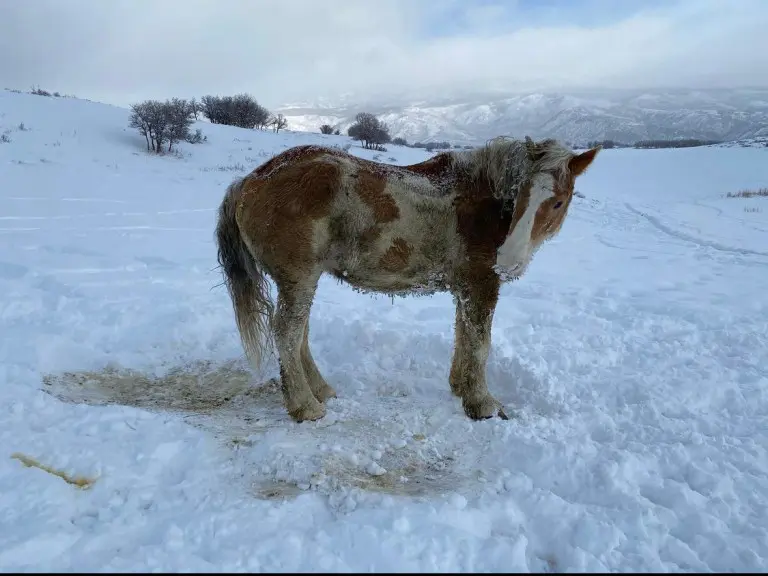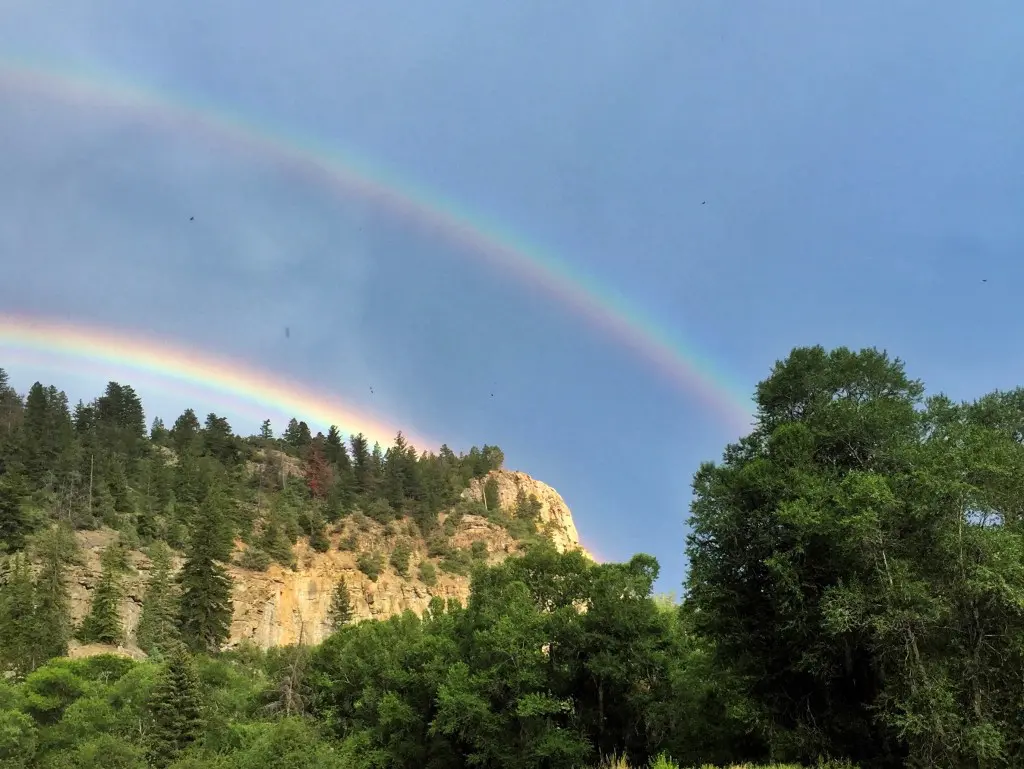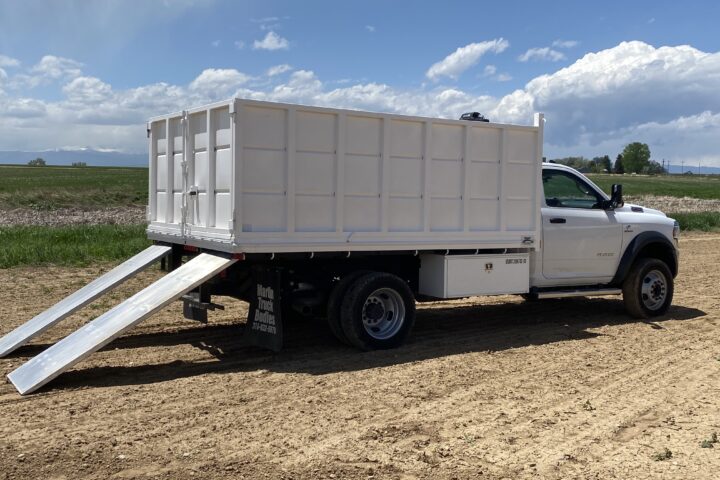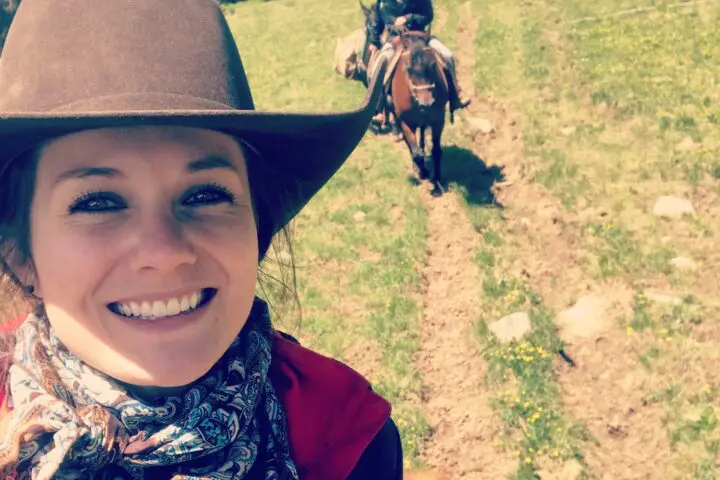Seymour passed away shortly after this photo. The removal and disposal of such a large animal can not be underestimated!
Obstacles
Our livestock become members of our families and when they pass on, it can leave us in a tough spot. There are the obvious emotional aspects of losing a pet. However, there is the physical aspect as well. They can pass away in inconvenient spots (hard to get equipment to, in a stall or in a muddy/snow covered pasture), general size (weigh over 1,000 pounds), and not having the appropriate location to properly dispose of it. After the loss of a horse or other large livestock there has to be some tough decisions as to what you want to do with the carcass has to be made and obstacles that need to be cleared.
Deceased animal options
Cremation: These services typically run anywhere from $1.25/lb-$1.75/lb. There are only a couple places in Northern Colorado that have the equipment large enough to handle such large animals. The owner is also responsible for dropping the deceased animal off to be cremated. If you do not have the equipment to be able to load and unload a 1,000 plus pound animal you will have to contract a business that does, such as Hearts & Hooves Livestock Services, LLC4
On-site burial: Most owners want to choose this option right from the beginning, but after a little research they quickly find that their property is not suitable for on-site burials. Colorado has very stringent rules and regulations in place for burying large animals. You will need a large property and heavy equipment to dig the grave.
Pet cemetery burial: This option tends to be very expensive. There are few pet cemeteries in Colorado that will accept horses. Ones that do typically charge around $1,500. You can get additional services such as a headstone for the grave. Again, the owner is responsible for dropping the deceased animal off.
Off-site burial: This option tends to be the best fit for most owners. Typically the easiest way is to contract a company like Hearts & Hooves Livestock Services, LLC. They will most likely have a contract with a landfill. The landfill that H&HLS works with has an area separate than the trash part for large animals.
Emotional obstacles
The emotional drain that losing a beloved member of the family puts on the owner is unmeasurable! Spending years taking care of our hairy friends we grow super attached to them, and rightfully so!
Physical obstacles
If you board your horse or other livestock a stall can be a tough to get the animal out of. Hearts &. Hooves Livestock Services has block and tackle pulleys to increase our 12,000lb winch capacity. Making multiple 90 degree turns over 100 plus feet is no big deal. Also, a stall can be tough to get a tractor into. If your animal passes away in a pasture, getting to it can be almost impossible. Having a vehicle with four wheel drive is paramount. Having chains for it is even better. Often times taking a trailer is a for sure way to get stuck.
In our opinion, the property can prove to pose the most challenges. Even if you, the owner, have the equipment to be able to move or dig a hole there are both state and county regulations that have to be adhered to.
Rules and regulations
Colorado’s Department of Pubic Health & Environment, Hazardous Materials & Waste Management Division
- Burial Sites must be located at least one mile away from any residence of any person
- All carcasses must be buried at least 150 feet away from any water supply source
- All Carcasses must be buried down gradient from any groundwater supply source
- Carcasses cannot be placed in any body of water, seasonal creek or pond, or in areas that may carry or hold water such as gullies, ditches, blowouts, or natural depressions
- Burial pits must be covered with a minimum of two feet of soil
- Surface water must be diverted from the burial site through the use of berms or other structures
- The bottom of the burial pit must be at least five feet above the high point of the uppermost groundwater table to ensure that carcasses do not come into contact with groundwater
- Burial sites should not be located in areas with fracture or cavernous rock, high seasonal water tables or highly permeable soils
- Layers of lime or quicklime should be applied below and above the carcass to help accelerate decopositionof the waste. Care should be used in applying lime as it is caustic and can cause severe burns to the skin and eyes
- To minimize potential impacts to groundwater, large numbers of bigger carcasses (e.g.., more than ten cows) should not be limed and buried together
Conclusion
As you can see from above, Colorado’s rules and regulations for onsite burial of horses and other large animals require a large uninhabited property with little ground water. Though, these regulations may seem to be very stringent, it is with good justification! Often times, these animals are chemically euthanized by veterinarians. The chemicals that are used can stick around in the soil and water for quite some time. It is also extremely lethal if predators and scavengers were to dig up and consume any flesh from a chemically euthanized animal. There are other options that tend to be more expensive such as cremation and pet cemeteries. The option that seems to be the best fit for most owners is an off-site burial.



